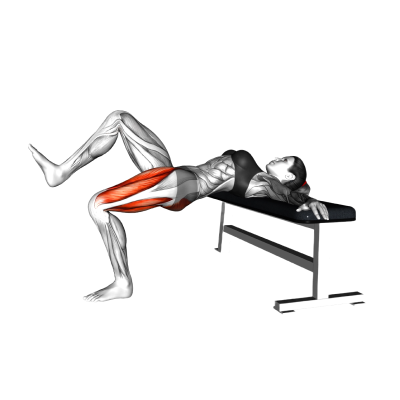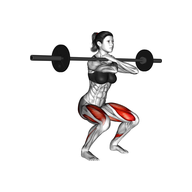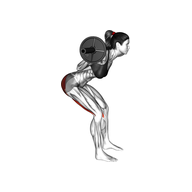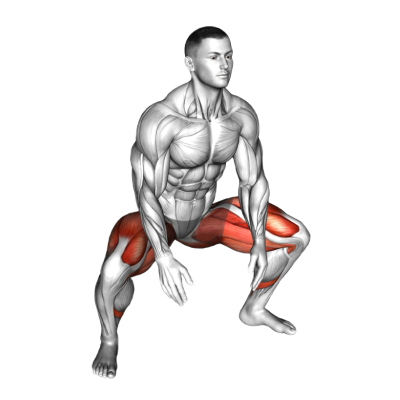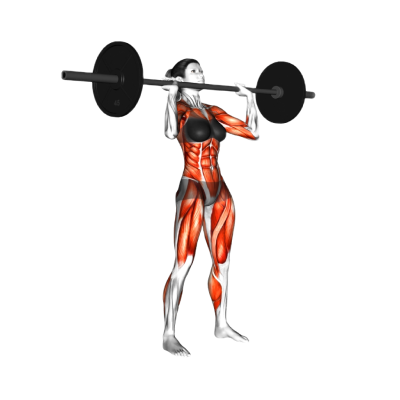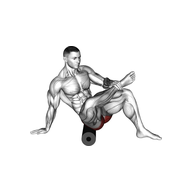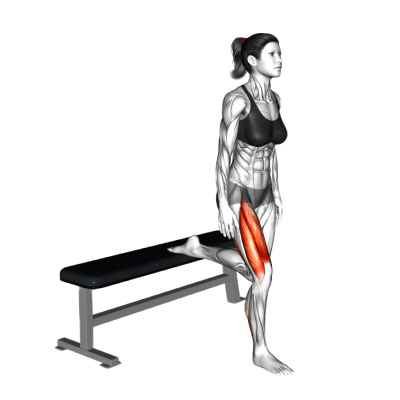What Is the Barbell Box Squats
If you're on a mission to sculpt powerful legs, barbell box squats are a great option. This exercise isn't just about building strength: it's about refining your technique, boosting your explosive power, and enhancing your aesthetic workout. Whether you're a beginner or a seasoned gym-goer, incorporating box squats can help you achieve those defined quads and shape your shelf butt. This move forces you to focus on precision and control, ensuring every rep counts towards your ultimate fitness goals.
How-to Do Barbell Box Squats
- Place a box or bench inside a squat rack. Position a barbell on top of your traps and grasp on either side.
- Dismount the bar from the rack and step backward until contact is made with the box. Stand with feet shoulder-width apart.
- Slowly sit backward on the box or bench by bending at your knees and hips, allowing your torso to rock back slightly.
- Rock torso forward then push through the glutes and heels until your legs are fully extended.
Muscle Worked
Primary Muscle Groups


Glutes
The glutes help you extend your thighs from the hips and drive you forward.

Hamstrings
The hamstrings flex your knees and extend and rotate your hips

Quads
"Quads" refers to your quadriceps femoris muscles which flex your leg from the hip joint and extend your leg from the knee joint.Secondary Muscle Groups


Abs
"Abs" refers to your abdominal muscles, which sit at the front of your trunk between your ribcage and pelvis

Calves
The calves are the muscles at the back of the lower part of your legs

Lower Back
The low back helps stabilize your spinal column and connects your upper body to your pelvis.

Adductors
The adductors are the muscles on the insides of your thighs that move your legs toward the midline of your bodyPro Tips
- Control the Descent: Focus on a slow and controlled descent to maintain balance and form. This helps you engage your muscles more effectively and prevents injury.
- Use the Box Wisely: The box is there to guide your depth, not to take a break. Avoid relaxing too much when you sit. Keep tension in your muscles even when seated.
Equipments
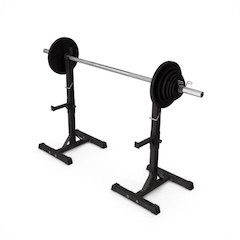
Barbell
A barbell is a long metal bar with space for weight plates on each end used for weightlifting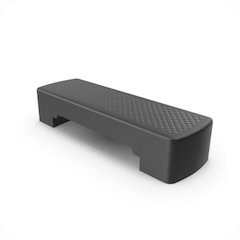
Box
A box is a multipurpose surface that you can use for box jumps or as an alternative to your weight benchBenefits of Barbell Box Squats
- Builds Explosive Strength: Starting from a seated position forces your muscles to work harder to lift the weight, building power and explosiveness. This is especially beneficial for athletes who need quick bursts of strength.
- Improves Squat Technique: Helps you focus on proper squat mechanics, ensuring you hit the right depth and maintain good posture. This can translate to better performance in other lifts like the traditional squat and deadlift.
Variations
The following exercises target the same primary muscles using the same equipment:
Alternatives
The following exercises target the same primary muscles using different equipment:
FAQ


Get fit with Flex
Build muscle & lose weight fast for free.
Download for Free
Available on iPhone + Apple Watch

